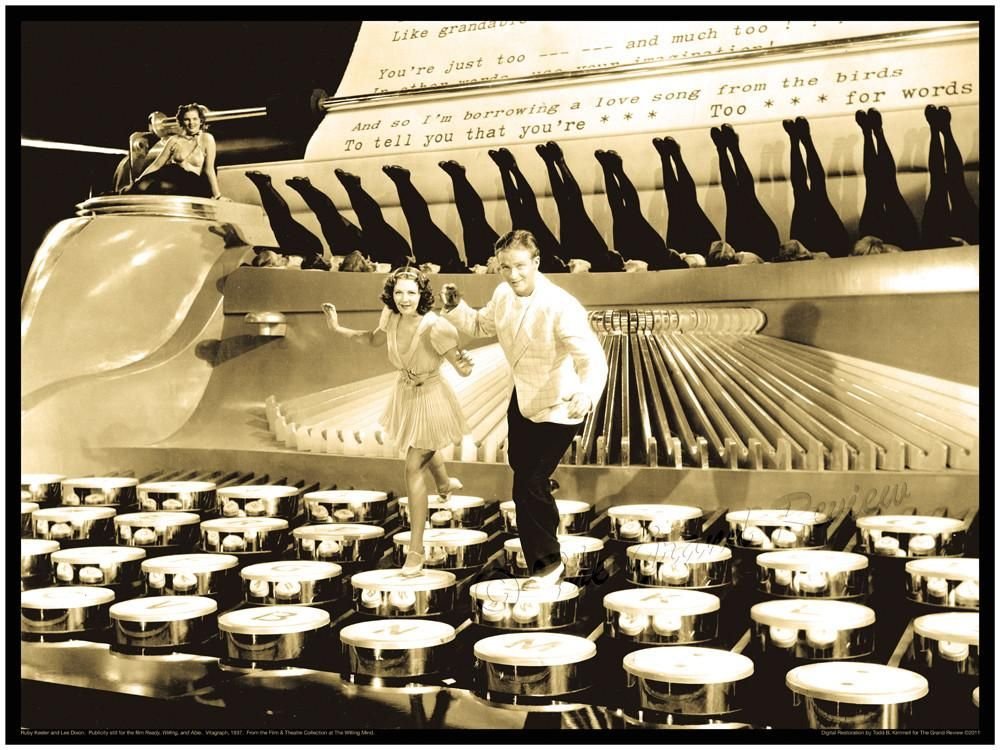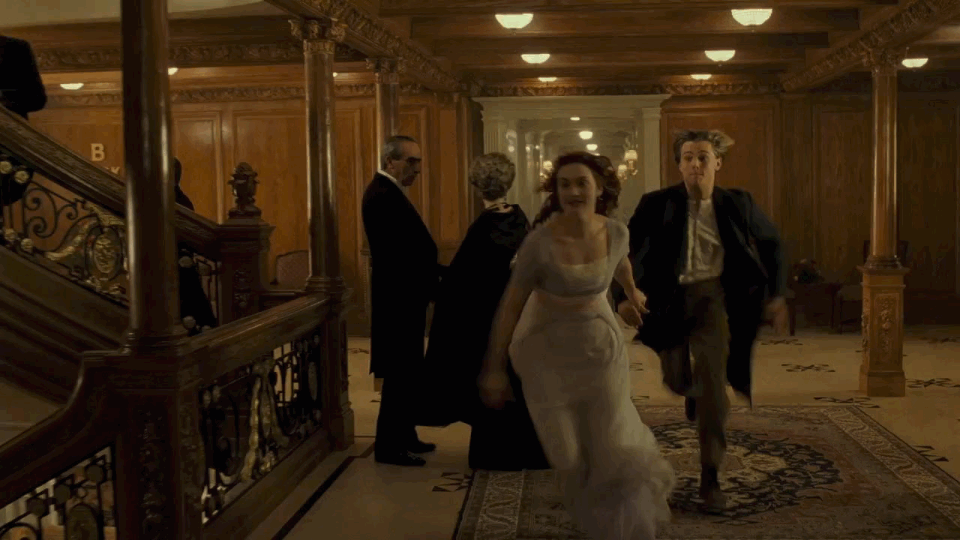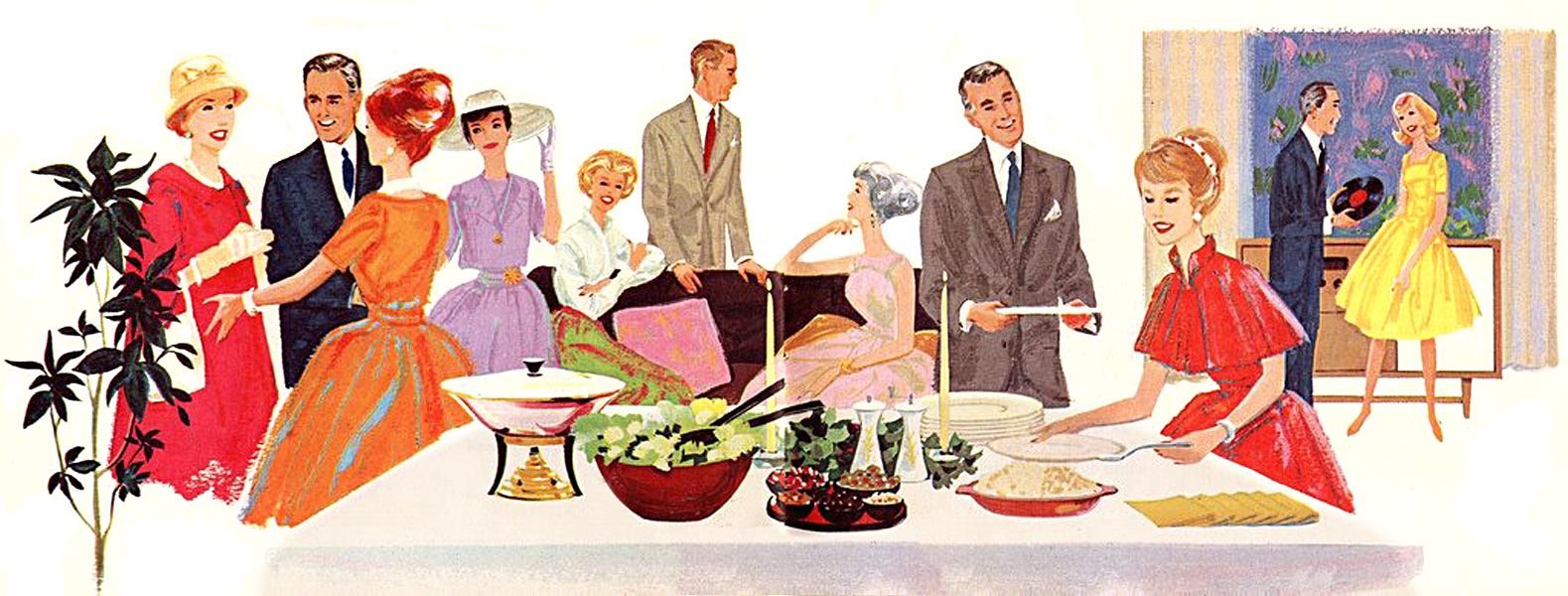Death comes “like a thief in the night,” and it is not always easy to remember what to do or how to act. Expressing sympathy to the bereaved is a centuries-old custom meant to bring comfort to all involved. Sometimes anxiety about saying the right thing — about saying the wrong thing — keeps us from sending condolences at all. Etiquetteer offers these guidelines to help you act in the moment when you receive news of a death.
GUIDELINES FOR SENDING CONDOLENCES
Write as quickly as you can. Condolences make a positive difference whenever they are received, but especially in the days immediately after a death and/or a funeral. One condolence email began “I know a handwritten note is more appropriate in moments such as this, but I find that speed is more important than propriety.” Both are important, but while we take the speed of the Internet for granted, the appearance of an envelope in the letterbox remains doubly touching when one is bereaved. When in doubt, there’s no reason not to send both an email and a handwritten card or letter.
But write anyway, whenever you do. Sometimes it feels embarrassing when you haven’t communicated condolences at all, for whatever reason: couldn’t find the right card, couldn’t think of what to say, heard the news months later, personal aversion to acknowledging Death, just plain forgot. Months can go by. Taking the trouble to communicate condolences, whenever you do, no matter how long after the funeral, makes a positive difference. Cover any embarrassment you might feel with the phrase “You have been on my mind since the death of [Insert Name of Deceased Here]” or something similar.
There's a lot of Perfectly Proper stationery out there, so don’t use that as an excuse. There are many Appropriate Cards on the market from which to choose. Mostly in neutral shades or patterns, they all incorporate sympathetic language, either secular or religion-specific. Images from nature are also very popular. When shopping, if you find one you like, buy a dozen or more to have on hand when needed. Non-condolence-specific notecards may also be used.
Still, as they say in the fashion world, “You can never go wrong with a classic.” Plain black-bordered notecards in white or ecru are always Correct. Dempsey & Carroll produce the ideal version of this, with In Condolence engraved across the top. There's also plain black from Crane’s.
But using your own letterhead is Perfectly Proper for all correspondence, including condolences. Some sticklers would even say it is More Perfectly Proper than a condolence card, while others don’t consider a condolence a condolence unless it’s written on a condolence card. Etiquetteer considers anyone who would complain about the way in which people offer them sympathy unworthy of it.
Use your full name and address. It’s easy, when writing to people you know, to save a bit of time or trouble by omitting a return address from a sympathy card. Don’t give into that Slothful Temptation. The complete return address you add to a sympathy card is one less address the bereaved will have to spend time finding. You may also think yourself the only Beowulf in the life of the bereaved, and might be surprised to learn about them wondering if your condolence came from Beowulf “Bay” Brummell in Arizona or Beowulf “Wulfy” Brummelli in Accounting. Help out the bereaved by including this Useful Information somewhere, even when you’re sure they already know it. It will make a difficult task easier.
Originality is unnecessary. Many correspondents will delay writing because they want to think of something original to say, either about the deceased or the situation. But if those words don’t come, write and send them later when they do pop into your head. There is no shame, and actually quite a lot of good, in responding quickly with the same thoughts that everyone else is having: that you care about the bereaved, that you care about the deceased, and that you want to help.
Be understanding if you don’t hear back for awhile. No matter how you send your condolences, the bereaved have a lot going on and may not reply very quickly. If you sent your condolence electronically, it never hurts to send another email along the lines of “Thinking of You” after a week or so.
GUIDELINES FOR REPLYING TO CONDOLENCES
Find the right stationery, but don’t let the search slow you down. The stores don’t always have the Right Thing when needed, and it isn’t always possible to wait to reply to condolences for an order to be delivered. Long ago pre-engraved acknowledgment cards used to be considered in poor taste. Nowadays they are considered Perfectly Proper as long as they include a handwritten note inside. Dempsey & Carroll produce some elegant ones.
Black-bordered stationery is traditional for condolences; in the 19th century it was used until the period of mourning was over, the border getting thinner as the mourning period went on. Crane's has good plain black-bordered notecards.
In a very few instances, since Excessive Embellishment is the antithesis of mourning, used notecards engraved with a peacock feather. While the peacock symbolizes immortality and eternal life in some religious traditions, this level of embellishment is the Thin End of the Wedge. Crane’s offers a lovely peacock feather notecard.
Reply to condolences in the manner in which they were received. Handwritten condolences are replied to in handwriting.* Email condolences are replied to by email. Condolences received via social media are acknowledged via social media. In the last case, it’s not necessary to respond to individual comments under a status update (but you may, if you wish). A single comment thanking all for their condolences will be seen by all, and that comment may be added again after subsequent responses.
Be brief. Death brings many stresses, and many things to be attended to, which means that there may not be extended time to spend on correspondence. It’s not necessary to write more than “Dear [Insert Name Here], Thank you for your kindness at this difficult time. Yours gratefully, [Insert Your Name Here].” A reply can be heartfelt without being long-winded.
Anyone in the family may reply. Death brings up a lot of emotions, and not everyone is ready to respond to a pile of condolences, even those it is “easier” to respond to electronically. One or more Capable Family Members (or Willing Friends) may be detailed to reply “on behalf of all our family” or “on behalf of [Insert Name of Prostrated Mourner Here]” without any lapse of Perfect Propriety. It would be Bad Form for recipients to protest “But I was hoping to hear from [Insert Name of Prostrated Mourner Here].”
A reply makes a difference. Aside from learning that their condolence was received, your reply to a condolence reassures correspondents of your current state.
*Sticklers will here try to ensnare Etiquetteer and other writers into a debate on the merits and demerits of handwriting vs. typewriting or computer printing. This is tedious in the extreme. If someone writes by hand and you prefer to type/print a response for whatever reason (the one that seems given most often is illegibility), then go right ahead and do so. The reverse is also true.
Dear Etiquetteer:
How long do you really have to write a condolence note after someone dies? Is it still acceptable to send a note a couple months later?
Dear Condoling:
Condolences really should be written and sent as soon as you learn of a death. Etiquetteer will never forget the Busy Executive who, on learning of the death of a colleague’s parent, reached instantly for the box of notecards and began penning his condolence. This is why it always helps to have a box of Perfectly Proper stationery on hand, as well as postage stamps that don’t look too celebratory.
WHAT TO SAY IN CONDOLENCES
Condolences serve two purposes: to express sympathy to the bereaved by sharing positive thoughts and memories of the deceased; and, through the act of thoughtful writing, to help you yourself through the grieving process. Because this is really just between you and the bereaved, this is best done by handwritten letter or card, or by email.
That doesn’t mean you can’t express sympathy on social media. What is attractive about expressing sympathy online is its immediacy, and expressing condolences swifty is important. But the pitfalls of Immediate Online Expression are thoughtlessness and indiscretion on one side, and the consciousness of writing for a larger audience than the bereaved on the other. This last can sometimes lead to an Escalation of Histrionics that becomes less about the impact of the deceased and more about the individual grief of each commenter. It’s just as bad to steal the spotlight from the deceased as it is to steal the spotlight from the bride at a wedding.
The later condolences get put off, the more specific they should be. Condolences should include at least one of two subjects: specific reminiscences to cast a positive light on the deceased, whether humorous, inspiring, or otherwise; and the knowledge that the writer remains concerned about the recipient even after the funeral has taken place. Etiquetteer advises correspondents to avoid “If there”s anything I can do . . . ” or its variations unless you really are ready to do anything when they call for help.
Dear Etiquetteer: Is the term “I’m sorry,” or “Sorry for your loss,” an appropriate response upon hearing of a death in the family of a friend? I see so much of that on social media, while I had thought that extending sympathy or condolences would be a more proper response.
Dear Condoling:
Etiquetteer admires your discerning attitude about how we use language and wishes more people would adopt it. This led Etiquetteer to examine more closely the definition of “sorry,” fearing it might imply personal responsibility for what one was sorry for. As it turns out, one definition is “Feeling regret, compunction, sympathy . . . ” and another is “suggestive of grief or suffering.” So yes, "I'm sorry" is an appropriate response to the news of a death. “Sorry for your loss” is improved by making it a full sentence: “I’m sorry for your loss.”
Now, is it the most appropriate response? Etiquetteer would rather see “My condolences” or “My sympathies” used instead, because those words are more specific. “I’m sorry” is used every time an apology is made. You cannot say “My condolences for forgetting to attend your birthday dinner,” for instance. Online, “I’m sorry” looks rather like a throwaway comment, which is surely not the intent of those commenting.
Dear Etiquetteer:
A relative of mine died recently, quite unexpectedly, and I’ll be sending a sympathy card to his widow. My challenge is that this relative was never nice to me, ever. Do I just stick with “I’m so sorry for your loss. You are in my thoughts and prayers?”
Dear Condoling:
You already know that you have to be nice about this when you write and not mention how the deceased treated you. So how convenient that condolence notes can be brief. Since you don’t have anything good to say about the deceased, say nothing about him. Focus instead on the feelings of who you’re writing to and your support for them. “I know this must be an emotional and difficult time and I feel for what you’re going through” doesn’t even allude to your own experience with the deceased.
Euphemism can be tempting at times, but be careful. “Uncle Savage was a remarkably vital personality who left his mark on everyone he knew” can be read two ways. It’s dangerous to assume that the recipient will only see the kinder interpretation. Resist the temptation.
Finally, the phrase “thoughts and prayers” has become so openly mocked as insincere that Etiquetteer thinks it best to find another way to say it. “We are praying for you and your family at this difficult time” or “Sending healing thoughts to all of you” communicate it unambiguously.
Material in these guidelines comes from Etiquetteer columns 6.10, 14.19, 14.39, 16.1, and 20.63


























